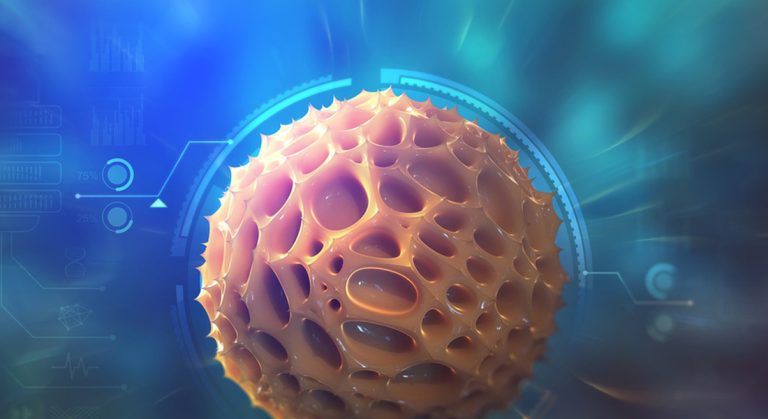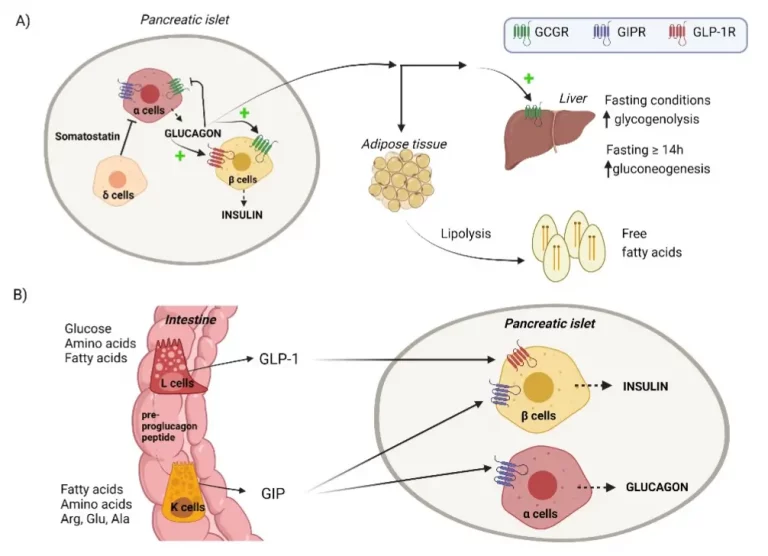If the pH value of the peptide is too high or too low, turbidity, gelation, burning, and tingling will occur. Generally speaking, these can be adjusted by buffer solvents. For most peptides, using buffer solvents to adjust the pH value is stable. Special peptides should consider optimization strategies in the form of salts or modifications.
1. The effect of pH on drugs
The effect of pH on drugs is mainly reflected in drug absorption, drug ratio, and drug excretion.
1. Drug absorption: The effect of pH on drug absorption is mainly reflected in gastrointestinal absorption and renal reabsorption.
In terms of gastrointestinal absorption, some drugs may cause changes in the pH value in the gastrointestinal tract, thereby affecting the absorption and utilization of drugs. In terms of renal reabsorption, different pH values of urine will affect the excretion and reabsorption of drugs.
2. Drug compatibility: pH also has an important influence on drug compatibility. Some drugs are unstable at specific pH values and are prone to decomposition or chemical reactions.
3. Drug excretion: pH also affects the excretion process of drugs. For example, alkalinizing urine can promote the renal metabolism of certain acidic drugs, thereby improving the therapeutic effect of diseases such as urinary tract infections.

2. The effect of pH on polypeptides
The effect of pH on polypeptides is mainly reflected in the effect of environmental conditions on polypeptide folding and stability.
The structural stability of polypeptides is mainly determined by two aspects: one is the sequence and secondary structure of the peptide chain itself, and the other is the physical and chemical conditions of the background environment.
Changes in pH can directly affect the spatial configuration and function of polypeptides, and thus affect their stability. In an alkaline environment, some polypeptides may form complexes with other substances, and this structure may change the structure of polypeptides, thereby affecting the activity of polypeptide drugs.
The secondary structure is a specific conformation formed by the backbone atoms of the polypeptide main chain circling or folding along a certain axis, that is, the spatial position arrangement of the backbone atoms of the polypeptide chain, without involving the side chains of amino acid residues.
If the pH value is not controlled within a reasonable range, some peptide protective groups may fall off, the secondary structure may be destroyed, and its activity may be reduced or completely inactivated. Each peptide needs to determine that its pH value is optimal when adjusted to neutral conditions. The range of neutral conditions can refer to the following data:
· The pH value of pure water is: 6.5-8.5.
· The pH value of physiological saline is: 7-7.5.
Reaching this range can effectively avoid many influences during the experiment.
It is worth noting that for some specific peptides, the pH value may cause precipitation under neutral conditions, making it impossible to dissolve in sterile water, which is another matter.
Solution
1. When synthesizing peptides, it is determined to change the optimization strategy in salt form to solve the problems of gelation, turbidity, burning, stinging, etc. caused by pH value, so as to presuppose that the peptides currently under development will eventually reach a reasonable pH range. This is effective, but not suitable for all products, but it is a very good idea.
2. Through buffer solvent adjustment, when the experimental reagent is acidic, sodium citrate can be considered; baking soda, when it is alkaline, citric acid can be used.




